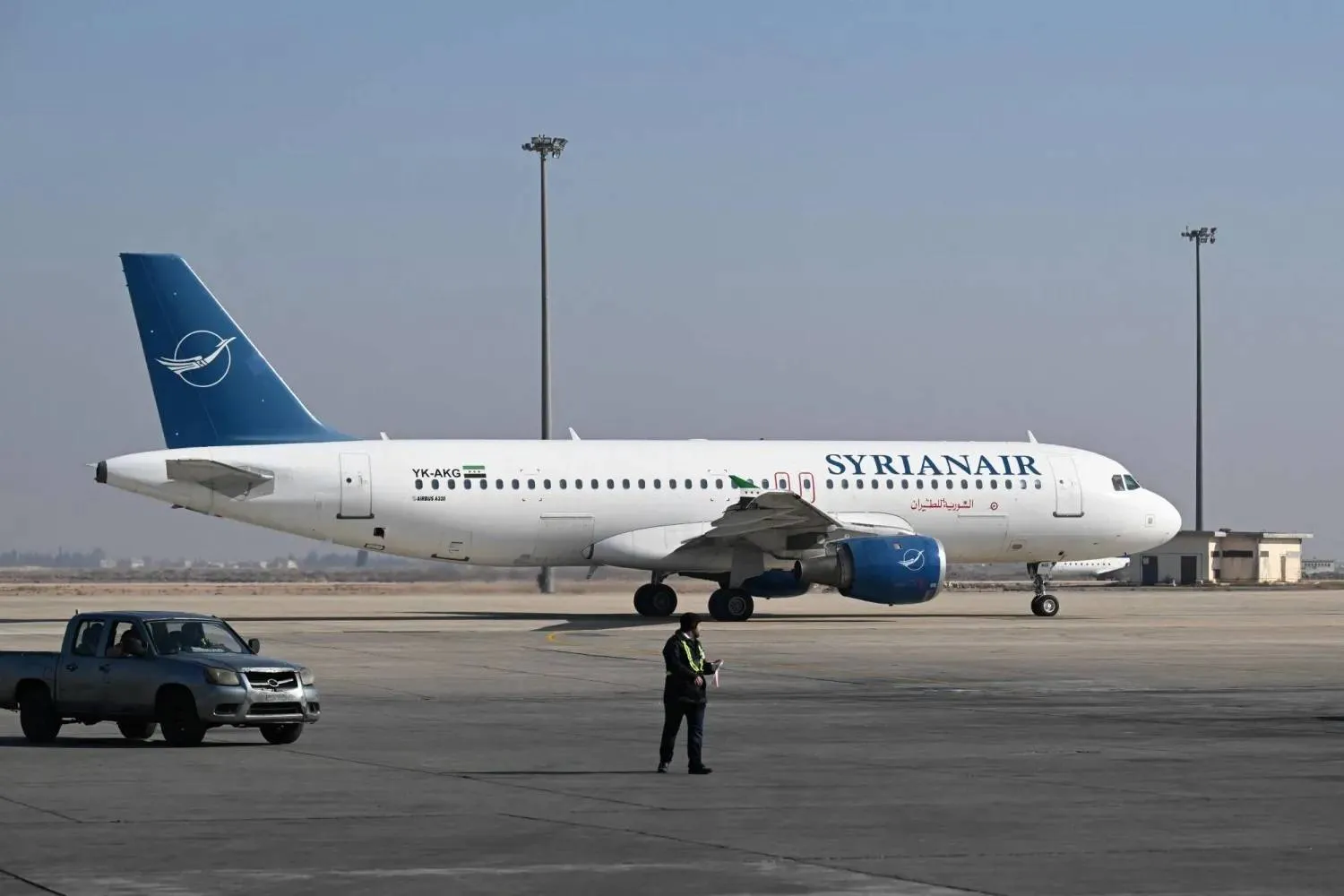Ever since their coup against the legitimate Yemeni government, the Iran-backed Houthi militias have never ceased their efforts to alter the country’s national and cultural identity to shape it around their own ideology and sectarian beliefs.
The latest of these efforts was the Houthis’ issuing a new decree to change the names of several schools to reflect their sectarian beliefs. The “Khaled bin al-Walid School” is now known as the “Imam al-Hadi School”, social media posts revealed. The founder of the Houthi movement claims that Imam al-Hadi was the first Houthi to rule Yemen in the eighth and seventh centuries.
“Al-Farouk School” has been changed to “Imam Zeid bin Ali”, the Houthis’ alleged ancestral founder. The Babel School is now known as “September 21 School”, the date when the Houthis captured Sanaa in 2014. The “Othman bin Affan School” has been changed to “Malek al-Ashtar” and the “Omar al-Mokhtar School” is now known as “Ali bin Hussein School”, names that reflect the Houthis’ sectarian and ideological beliefs.
Academic sources in Sanaa accused the Houthi-appointed education minister Yehya al-Houthi of introducing the name change at the behest of his brother and Houthi leader Abulmalek al-Houthi.
The parents of students at these schools expressed to Asharq Al-Awsat their strong rejection and condemnation of the Houthi practices. They said the militias have gone too far in their constant targeting of schools and their children by brainwashing and inciting them to join their ranks.
They added that the Houthis have sought since the early days of their coup to target schools and education in order to introduce their sectarian and racist ideology into the system.
The Houthis have transformed schools in Saada into centers of extremism and child recruitment where they have imposed sectarian activities and “taught” the students the lectures of their leader.
Local accounts have revealed that the militants have made the students sit through daily Houthi lectures, projected on large screens in the classrooms, after which they are tested by the teachers about what they “learned”.
United Nations reports have revealed that in 2019 alone the Houthis have looted and shut dozens of schools and academic institutions in Sanaa. They have also altered the official curriculum to suit their sectarian ideology.







